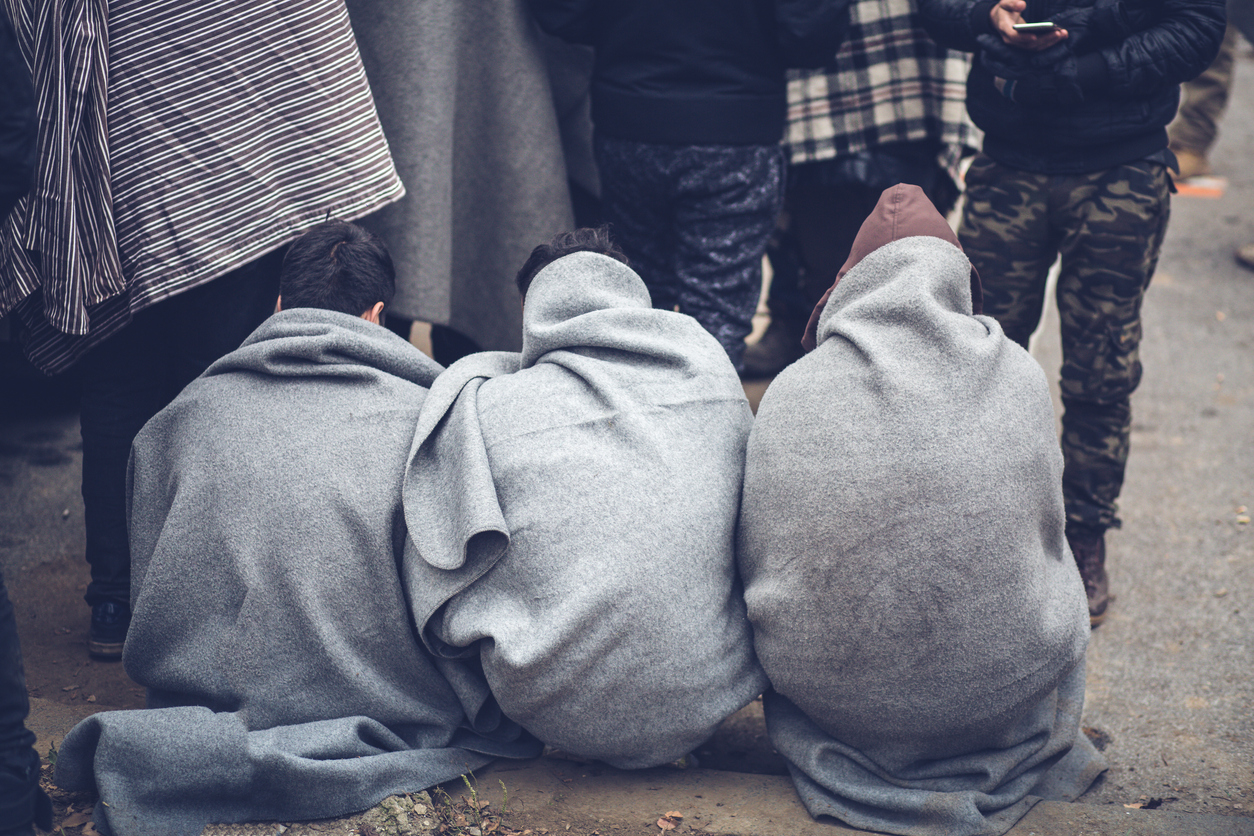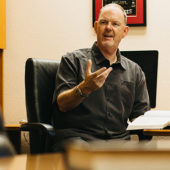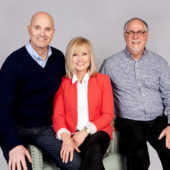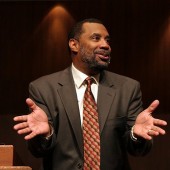There is a lot of fear and contradicting information in regards to the refugee crisis. As Christians it is important that we respond based on facts and with love. Matthew Soerens, from World Relief, exposes a few common misconceptions about the refugee resettlement program in the United States.
“We perpetuate some of the concerns that may be true in Europe, that are not at all true here. There’s this persistent rumor that all the Syrian refugees coming to the United States are military-aged men. That’s not quite true in Europe either. They do actually skew more males and often it’s people who, making a dangerous trip, left their wife and children behind with hope to arrive, get established, get asylum status, and then will bring their relatives over an airplane in a safer way.”
While that is the common outcome in Europe, the refugee resettlement process varies from country to country. This is especially true as it relates to Syrian refugees. Matthew expands on the current demographic of Syrian refugees living in the United States.
“The U.S. actually prioritizes the most vulnerable cases. We have a lot of single moms who, in many cases, lost their husband in the conflict in Syria. More than 70% of the Syrian refugees who have come to the United States have been either women, or children under the age of 14.”
While the process of settling refugees in the United States grinds to a halt, the refugee crisis in Syria is not diminishing. There are still people risking everything to leave Syria and seek safe refuge.
“It should be a point of prayer for all of us. The situation in Syria is still very stark. People are still leaving, people are not in any significant numbers going back because it’s not safe. Although the situation is quite desperate in some of the countries that they fled to as well; maybe not in terms of violence, but in terms of poverty.”
Matthew addresses a primary challenge that many refugees face in order to make a living and provide for their families.
“In Turkey or Jordan, literally millions of refugees are not authorized to work. They’re not living in camps for the most part either, a small percentage are in camps where they may have some sort of humanitarian aid, but most are just living in cities and they’re paying rent. What happens to rent costs when one and two million people move into a country? Quite quickly rent costs go up; that’s supply and demand.”
He shares a real-life example,
“I talked to one of my neighbors who is a Syrian refugee, who’s now here, but when they were in Turkey. He, his wife, and his sister were all working full time and they weren’t able to cover their rent payments. They were being paid very little, because they weren’t actually authorized to be working.”
“Those situations are quite desperate for those who are in that second country. That’s where World Relief has said we do want to respond to the United States, but we’re also going to responding in Turkey with local church partners, and in Jordan, and as many locations as we can to help alleviate some of the suffering, and to equip the church to really be a beacon of hope in the midst of it.’”
We can’t ignore the global refugee crisis. As Christians, we have an opportunity to show compassion and love our neighbors as ourselves.
Matthew Soerens serves as the US Church Training Specialist for World Relief, which is the humanitarian arm of the National Association of Evangelicals. In that role, he helps evangelical churches to understand the realities of immigration and to respond in ways guided by biblical values. He is the co-author of and .
Hope in the midst of the global refugee crisis





















